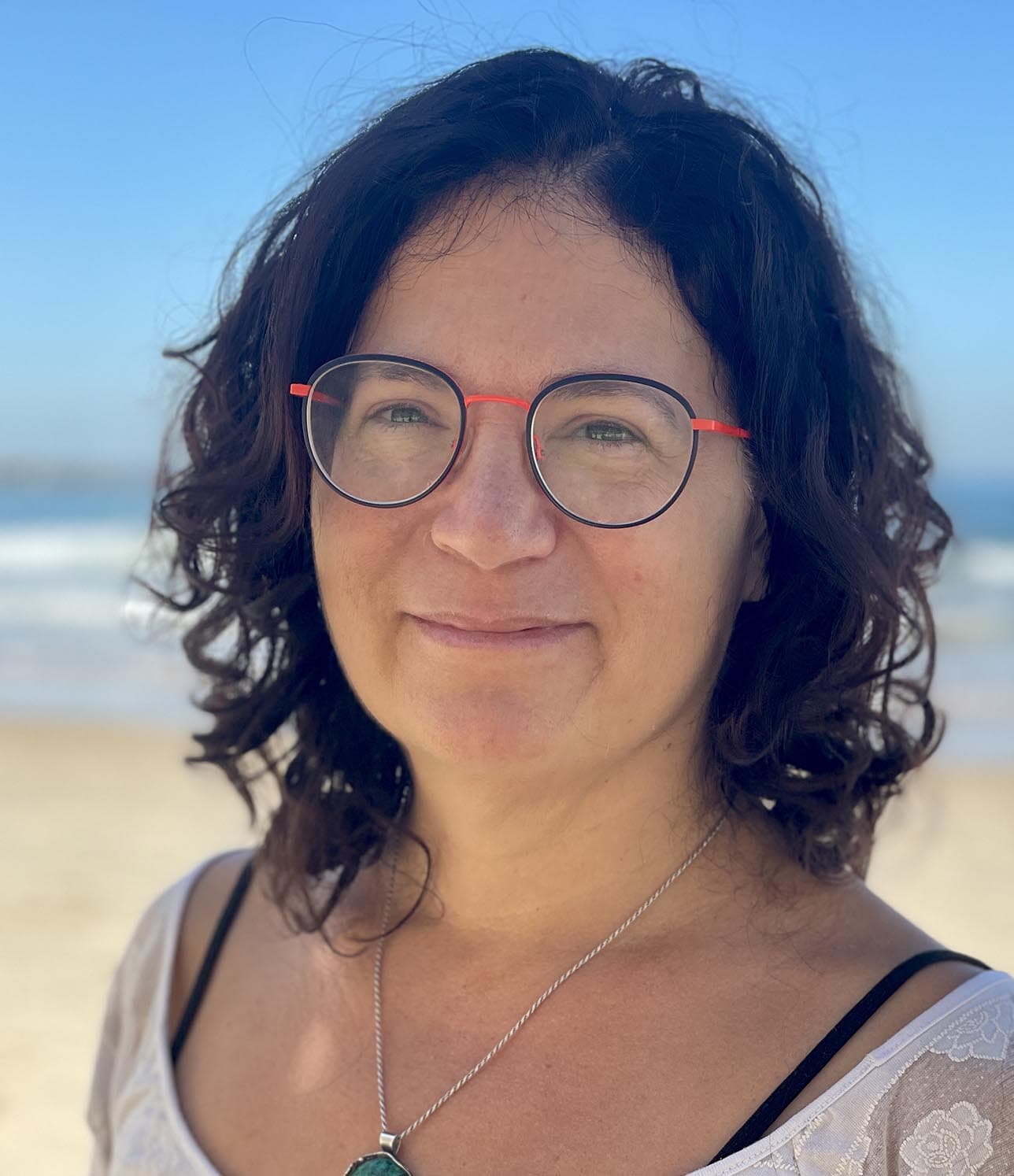Biosketch
Dorit Aharonov is a Professor at the school of computer science and engineering at the Hebrew University of Jerusalem and the chief scientist and co-founder of QEDMA quantum computing. In her PhD, Aharonov proved the quantum fault tolerance theorem together with her advisor Ben-Or; this theorem is one of the main pillars of quantum computation today. She later contributed several pioneering works in a variety of areas, including quantum algorithms, specifically quantum walks. quantum adiabatic computation and topologically related algorithms; as well as Hamiltonian complexity, quantum cryptography and quantum verification. Much of her research can be viewed as creating a bridge between physics and computer science, attempting to study fundamental physics questions using computational language. Aharonov was educated at the Hebrew university in Jerusalem (BSc in Mathematics and Physics, PhD in Computer Science and Physics) and then continued to a postdoc at IAS Princeton (Mathematics) and UC Berkeley (Computer Science). She had joined the faculty of the computer science department of the Hebrew university of Jerusalem in 2001. In 2005 Aharonov was featured by the journal Nature as one of four theoreticians making waves in their chosen field; In 2006 she won the Krill prize, in 2014 she was awarded the Michael Bruno award and in 2024 she was elected to the US national academy of sciences. In 2020 she joined forces with Dr. Asif Sinay and Prof. Netanel Lindner to co-found QEDMA quantum computing.
Research Interests
My main interests are in the intersection of quantum physics as a source of mind boggling questions and notions such as quantum entanglement, theoretical computer science as a philosophically deep framework that enables approaching and understanding physics phenomenon through the computational complexity lens, and mathematics as a powerful method and approach to attack all these questions and create deep connections between them. I am particularly interested in several deep questions. First, how does the transition from quantum to classical occur? Specifically I would like to understand how this transition is reflected in the change of computational power of quantum systems, especially as a function of the amount of noise and perturbations in the quantum system. I am also fascinated by the question of how we can quantify and understand multipartite entanglement, and put it to use in the design of new quantum algorithms to gain exponential quantum advantage. Mathematically, these questions often touch upon questions related to spectral analysis, group theory, combinatorics, linear algebra and sometimes topology. As a general rule, I am fascinated by any application of beautiful Mathemathics to the understanding of physics phenomenon, and in what the computational lens has to tell us about physics.
Membership Type
Member
Election Year
2024
Primary Section
Section 34: Computer and Information Sciences
